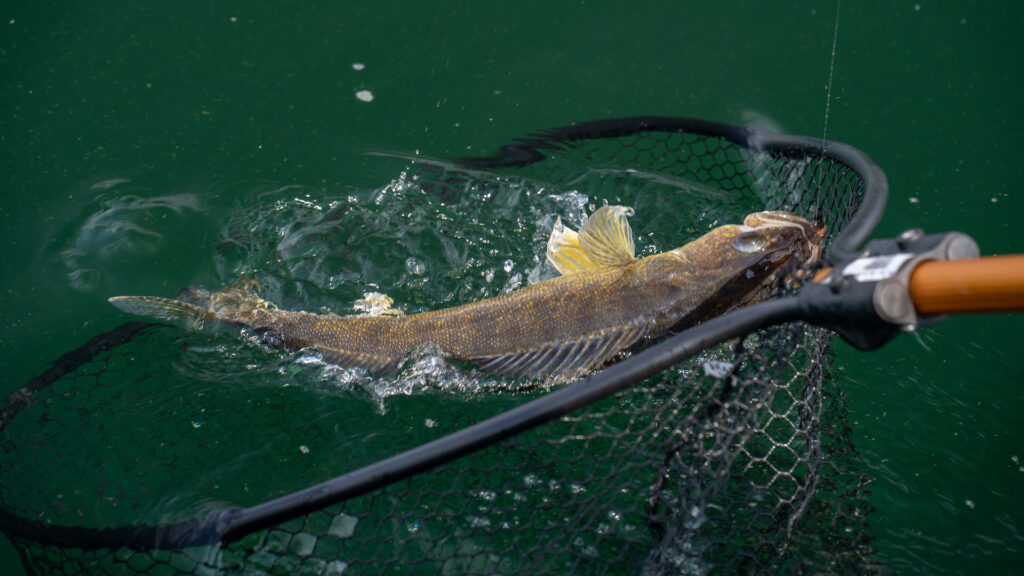Tis the time of year for freshwater transition. It’s September. It’s still a bit too hot for trout, and the largemouth bass is a morning and evening proposition. However, the most willing sparring partner in early fall is not hard to find. The smallmouth bass is a viable fly-rodding option as summer yields to autumn. Smallies love to take a fly and fight hard, from the hookset to the release.
Even though the bronzeback is a formidable foe, it’s a fish I’ve consistently neglected throughout my 30 years of fly fishing. I’ve always found trout sexier. It’s true that trout, as a species, boast loads of tradition, but if you honestly evaluate the attributes of each species, the smallmouth compares favorably and is well worth pursuing.
And since trout usually need a break, I’ve decided to give smallmouth a fair amount of love from now on during each fishing season.
So, it’s back to basics. Below are a few key components of my strategy.
Time Year for Smallmouth
Geography, of course, plays a role. I live in Western N.C., where the southern smallie season starts in late spring and ends in late fall. My fishing calendar starts in March and April with trout. As soon as the trout start to feel the heat of summer in late May and early June, it’s time for smallmouth. And when the autumn leaves start to turn, it’s about time for trout.
Temperature and Time of Day for Smallmouth
Smallmouth can be caught if the water temperature lingers in the 50s, but cold water is better for trout. Smallmouth like water temps in the high 60s and 70s, about the time trout head for the oxygen of the riffles.
For most of us, fishing revolves around work and family commitments, but the ideal time for smallmouth is early or late in the day. Low light is better than bright sun simply because the fish feel more secure. If you can fish on a cloudy day, take advantage of such conditions. The fish will hold shallower longer.
Where to Find Smallmouth
Smallmouth are not easy to find on your local river. But if you find one smallmouth, you will usually find several. And once you pinpoint a fishy spot, remember it, because chances are, fish will hold there consistently.
Smallmouth are ambush feeders. They use structure — logs, rocks and boulders — to hide and wait for unsuspecting prey, not unlike brown trout. And don’t forget your trout training. The tails of pools usually hold nice fish. Deeper runs are also a good option.
Food for the Smallmouth
If you don’t have a specialty box of smallmouth flies, don’t despair. Trout love dragon flies and crayfish. The venerable woolly bugger works well for both. I like to use bead-head versions of this pattern. When fish are feeding on the surface, I love poppers, and there’s no better smallmouth popper than the Sneaky Pete, which can be fished with a small woolly bugger or similar substitute as a dropper.
For trophy fish, there’s no better option than Blane Chocklett’s Game Changer. The Game Changer’s movement rivals many conventional lures.
The Equipment for Smallmouth
Heavy trout or light saltwater setups work well. A 5 or 6-weight rod is about as light as you would want to go. A 7, 8-weight can be used to throw bigger poppers. If you throw small flies, you can bring your lighter rod. Big flies, obviously, need a bigger stick. For instance, you would not want to fish a Game Changer on your 5-weight rod. Step up to a 7-weight or bigger.
Temple Fork’s Axiom II series is a good option as is the BVK series. As for reels, our Power or BVK are good choices.
I fish for smallies with standard weight-forward line, but specialty lines and leaders come in handy when you need to throw bigger flies into a headwind or find yourself fishing deeper water, where you need to get the fly down fast.
Most of the time, I keep the leaders simple —- with a 9-foot 2 or 3X approach. Again, the main variable here is the size of the fly. There’s a difference between casting a size 10 woolly bugger and a 5-inch Game Changer.
If you have any other smallmouth suggestions, feel free to leave a comment on one of our social media pages.






